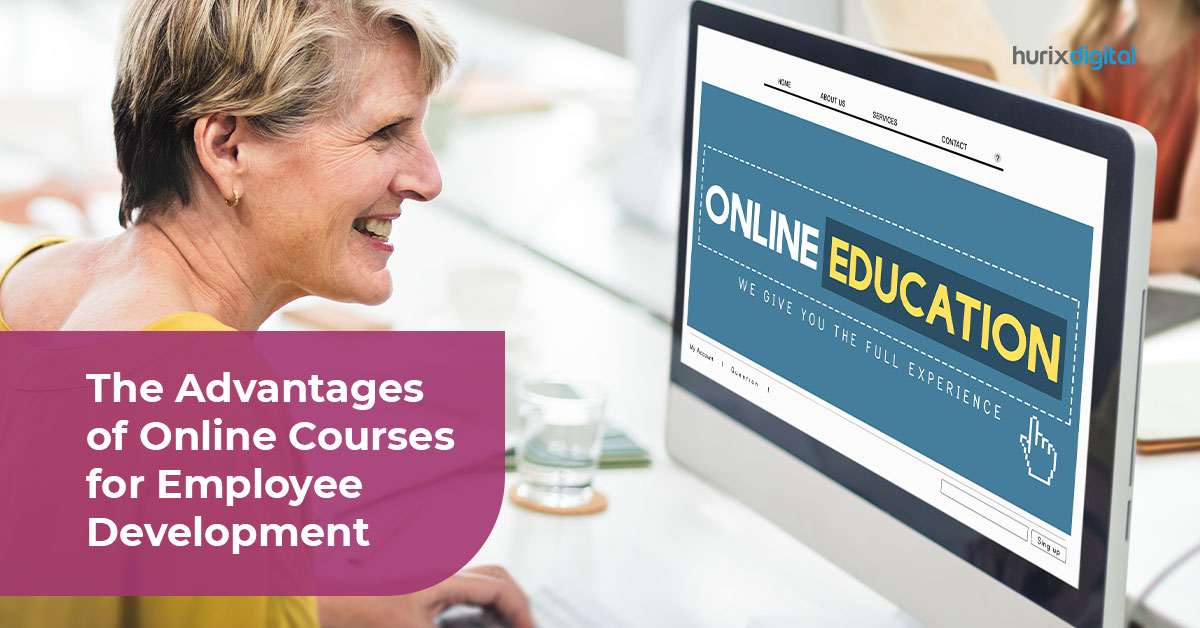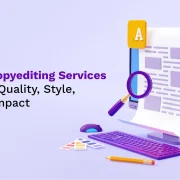
How to Create Online Course Modules for Employee Training
A recent survey conducted by Deloitte shows that when it comes to benefits, young professionals find ‘opportunity to learn’ to be the most desirable than any other reward or incentive. This builds the case for organizations to provide high-quality content and training to their staff. This blog talks about How to Create an Online Course Module for Employee Training
Building courses can be a complex task – not only do you have to ensure that they are educational but at the same time, also manageable for your learners to complete and assimilate. Here, in this article, we look at How to Create an Online Course Module for Employee Training and Learning.
Let us first understand what an online training module is.
Simply put, an online employee training module refers to one structured section of an eLearning program. Each module is a building block focused on a particular topic or skill.
Online course modules can be in the form of various content types such as video tutorials, demonstrations, presentations, interactive eBooks, informational e-courses or quizzes or assessments. By creating these modules in different content types, you can provide your learners with a richer and more robust learning experience.
These modules are then delivered through a learning management system (LMS).
Table of Contents:
- What are Training Modules for Employees?
- Types of Online Training Modules for Employees
- Step-by-Step Guide on How to Create an Online Course Module for Employee Training
- To Sum Up
What are Training Modules for Employees?
A training module is a section of a larger online course for business learners that concentrates on a particular subject or goal. Consider training modules as a subsection within a book. A learner’s path is shaped by each module (or chapter), which advances them one step closer to finishing the whole course.
The formats of training modules might differ, ranging from text-rich lectures or demos to engaging videos and assessments. A combination of several training module types should ideally be used to guarantee that you are meeting the needs of various learning styles and encouraging worker participation.
Now, let’s examine the finest approaches for creating training modules for your company’s e-learning program.
Also Read: How to Transform Employee Training with Bespoke L&D Solutions
Types of Online Training Modules for Employees
Here are the top five types of online training modules that organizations can implement for diverse learning styles!
1. Onboarding Modules
The purpose of onboarding training modules is to acquaint new hires with the policies and culture of the organization. Essential subjects include
- Organizational structure
- Role-specific tasks
- Compliance training
- Corporate history
A sense of belonging is fostered so that recruits can adjust more quickly with effective onboarding.
2. Compliance Training Modules
Employees who complete compliance training courses must comprehend and abide by the legal and regulatory duties that are pertinent to their employment. Workplace safety, data security, anti-harassment guidelines, and industry-specific laws are a few examples of such topics. Frequent compliance training lowers risks and fosters an accountable culture inside the company.
3. Skills Development Modules
The emphasis of skills development modules is on improving the particular competencies needed for a certain employee’s function. These can include soft skills like leadership and communication as well as technical skills like software expertise. Interactive components like quizzes and simulations can be added to support learning.
4. Product Training Modules
Employees are taught about the characteristics, advantages, and applications of the company’s goods or services through product training modules. Teams who handle sales and customer service are especially in need of this training as it gives them the resources they need to interact with customers.
Step-by-Step Guide on How to Create an Online Course Module for Employee Training
Create online training for employees by adhering to the following steps!
Step 1: Understand Your Audience
The first step is to identify or know your audience, or the people who will be taking this course. This will help you determine the content format and the tone you will use within each online course module.
For example, your course may be focused on senior executives to improve their decision-making skills, in this case, a more formal tone would be suitable. Then again, if your sales personnel are the focus of training, the online course module in the form of a theme-based game would do the trick.
Knowing your audience will help you decide how long the course should be and how many modules you require.
It may be that your learners take the training while on the go or in between tasks; in such a case, microlearning modules designed for mobile devices would be more appropriate. If they are taking the training on their desks, then the modules could be longer and denser.
It is also vital to communicate with your audience to understand the nature of the problem to be solved, know the knowledge or skill gap to be filled, know their current level of knowledge and performance, and understand what the expected level of knowledge or performance they should have on a particular topic.
Step 2: Break Your Course into Modules
Once you know your audience, the next step is to think about how to organize your course content into different modules. To explain with an example, you have to create an onboarding course for your new sales hires, which they have to complete on their day of joining.
Also Read: eLearning Content Development for Effective Training
The course can be broken down into the following modules:
- Introduction: This module will provide the company background, main departments and teams, and roles and entitlements. It will provide your new employees with an insight into the workings of your organization and what they can expect in their new roles.
- Company Culture: The second module can provide insight into the company’s culture, its core values, support teams, and social groups within the company, etc. The module will help them to settle down before taking up the more challenging aspects of onboarding.
- Sales Team Overview: This could focus on a brief introduction to the sales team with an explanation of their roles within the organization.
Step 3: Plan the Content Format
To plan the content format, keep the learner engagement in mind. As said earlier, the format you choose for creating your online course modules will depend on the audience – a more formal tone would suit senior executives, while a more informal one would work for your junior staff.
The bottom line is the format you choose should be able to hold the attention of your learners. There are various content types to choose from, for example, videos, presentations, demonstrations, simulations, webinars, and so on.
You can use an LMS to create content in various formats. Besides, it’s a good idea to take feedback from your learners on their training content preferences and update the content of your online course modules regularly.
Step 4: Add Knowledge Checks
Every module of the course we are creating online must have assessments and quizzes that the learners will pass before they move to another module. These assessments actually summarize all the important things taught during the course nicely.
As an example takes place, the quiz toward the end of the module called Introduction will be important to remind the learners of everything that they have learned up until that point in the case of the sales personnel onboarding course.
Secondly, putting checks on the modules, for example, that you have to achieve a certain score before moving to the next module, is a great way to ensure that your learners have assimilated the information provided in it.
Step 5: Create Responsive Content
Each module of our course should have assessments and quizzes that the learners clear before progressing to the next module. These assessments are a really good way of rehashing the important points covered throughout the course.
Using our sales personnel onboarding as an example, a quiz at the end of the module of introduction will help the learner remember all the information obtained.
For example, having checks within the modules whereby one should surpass some score before proceeding to the following module ensures that your learners have assimilated the information provided in it.
Also Read: Upskill Your Workforce with Mobile Learning Solutions
To Sum Up
Keep in mind that learners use a range of devices to access your online course module, be it a laptop, desktop, tablet, or mobile phone. Make sure that your module content is built and packaged for streamlined access on all device types.
Use a good LMS to create responsive content that resizes itself to fit the screen size on which it is displayed. With your modules working seamlessly on all devices, your learners will be able to take the training while they are stationary or on the go.
Ace your workplace training with Hurix Digital! We offer course formulation solutions personalized to your technical requirements. If you are facing trouble designing online course modules or looking for innovative training solutions, we are happy to help you!






